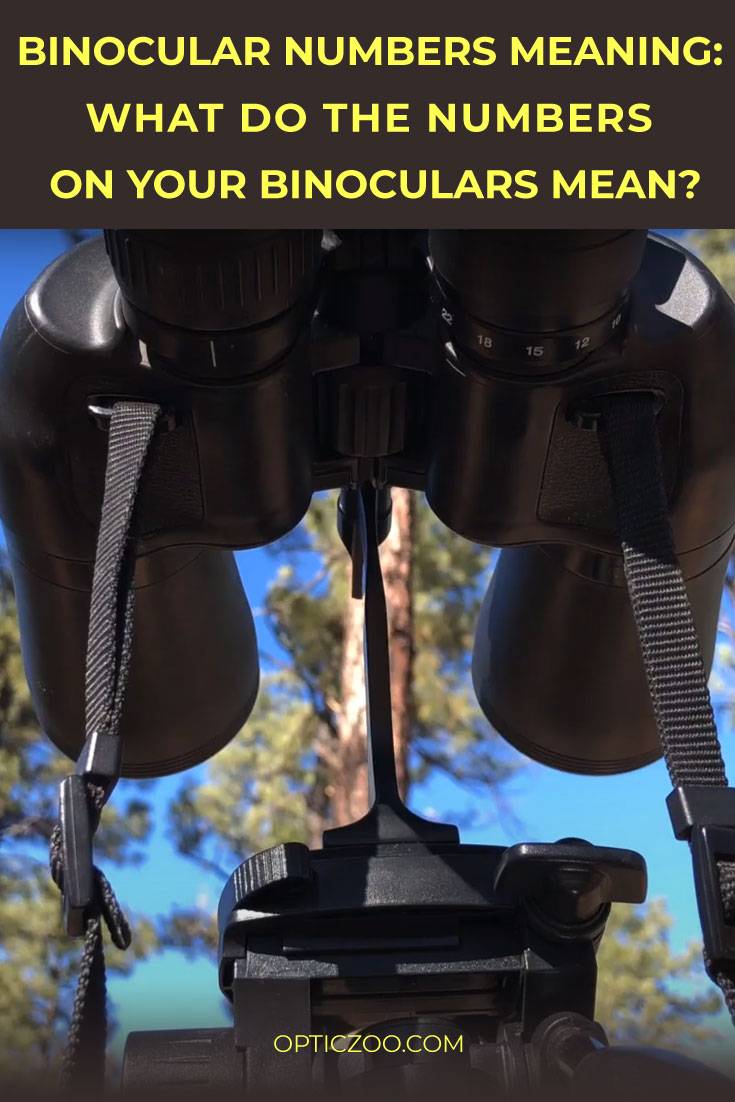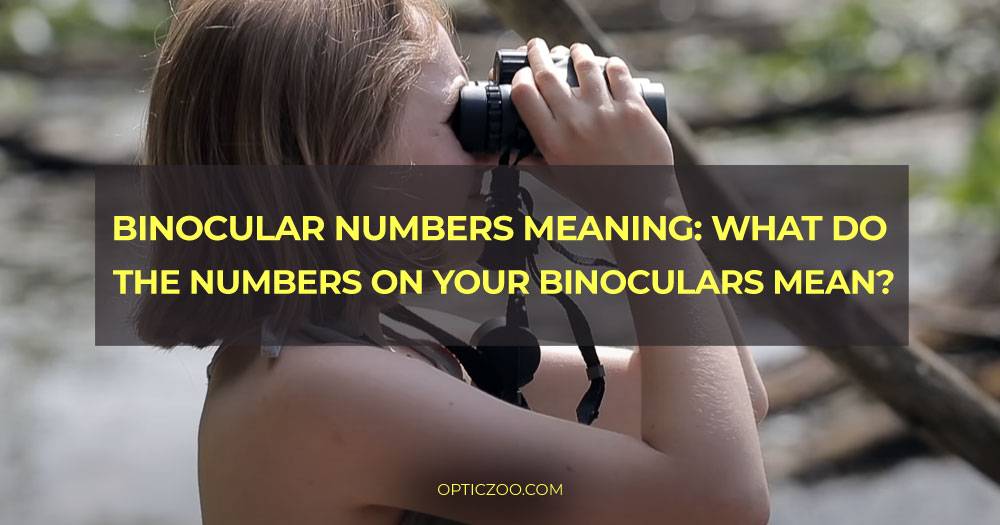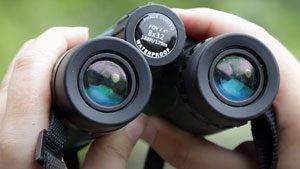
Do you ever wonder what the numbers on your binoculars mean? No, me neither. But it turns out they do mean something, and in this blog post we’re going to take a look at what they are and what they mean.
So whether you’re a birdwatcher, an outdoor enthusiast, or just someone who likes to know about the equipment they’re using, read on for all you need to know about binocular numbers meaning!
What Do the Numbers On Binoculars Mean – Easy Explanation
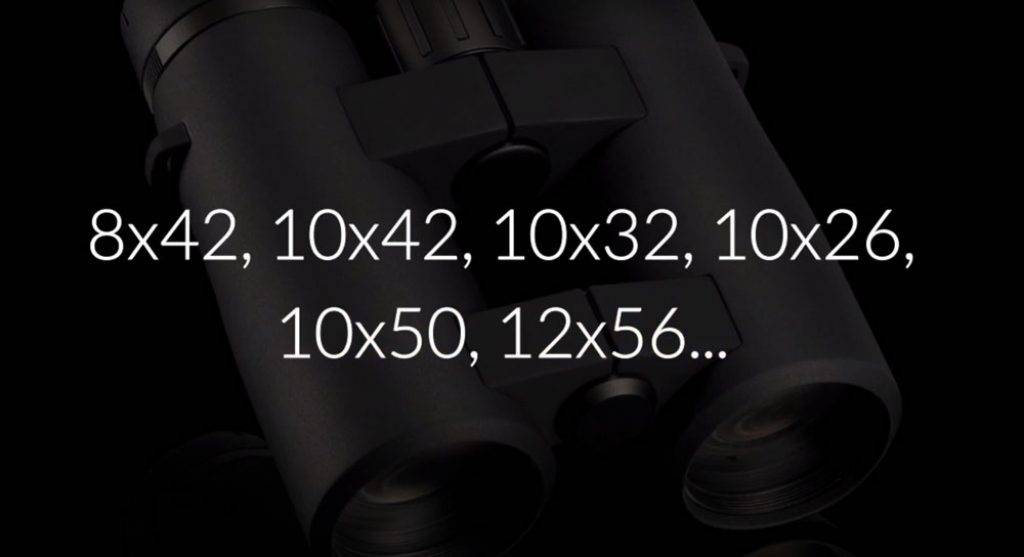
What do the numbers on binoculars mean? It’s a common question asked by many of our readers and customers. The first thing you need to know about this particular topic is that there are three types of binoculars, each with its own unique set of specifications and features. These are:
- Roof Prism Binoculars which have two lenses mounted horizontally;
- Porro Prime Binoculars which have two lenses mounted vertically;
- and finally Compact or Pocket Size Binoculars which usually don’t have any markings at all (they’re mostly used for watching movies).
So what do these numbers represent then? Let’s take a look!
1. What do the Magnification Numbers on Binoculars Mean?
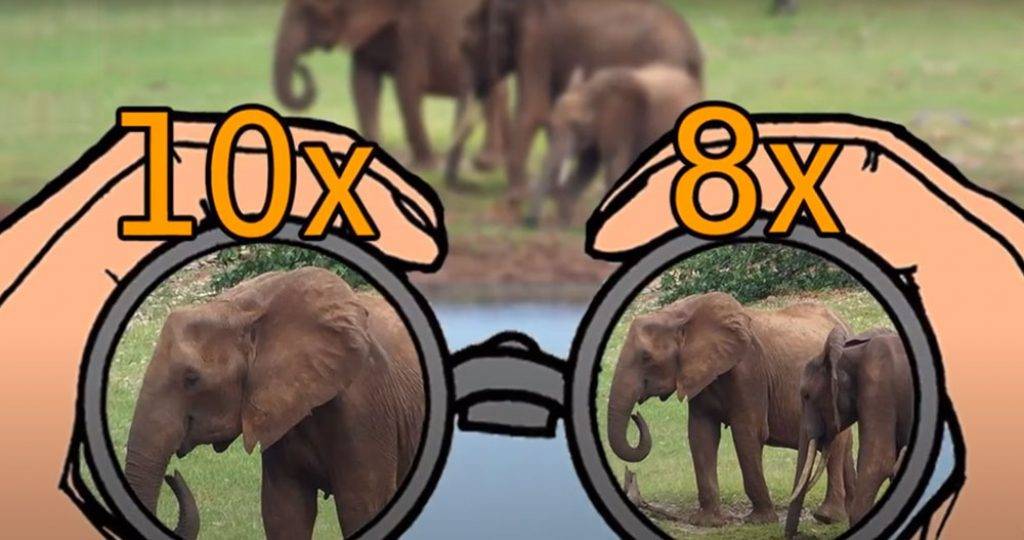
What do the magnification numbers on binoculars mean?
[wpsm_box type=”info” float=”none” text_align=”left”]
The first number is always the magnification, meaning how many times closer an object will appear through your binoculars than it would with just your naked eye.
[/wpsm_box]
So for example if you’re looking at something from 100 meters away and using a pair of binoculars that has 15x magnification power then what you’re seeing would seem like it was only six meters away; or conversely, if there’s something 20 meters away which seems to be twice as far as what your normal eyes can see without any help (or double vision), then those same binoculars would make that thing look like it was right next door (so close!)!
This means they both have very high magnifications but the 15x set would give you a much clearer and in-focus image.
2. Objective Lens Size (Aperture)
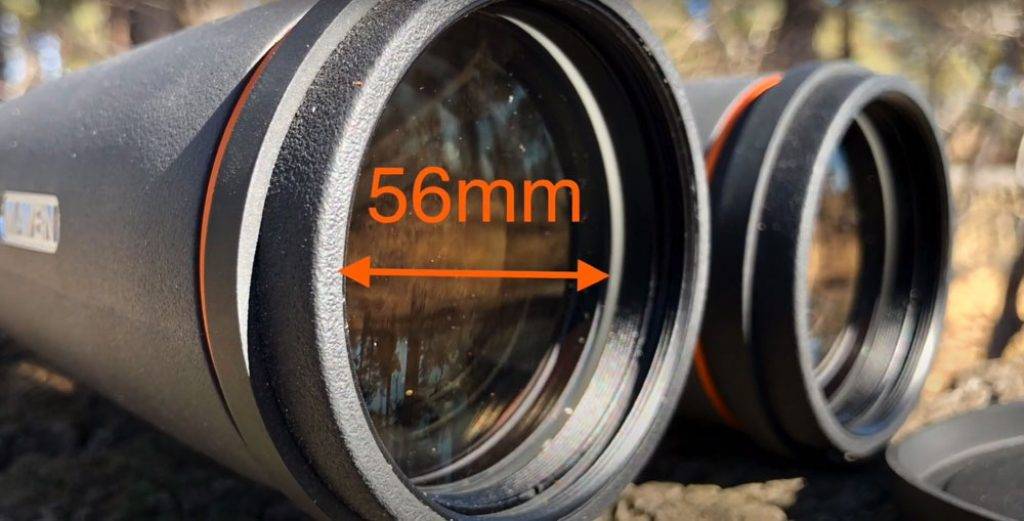
What do the objective lens size numbers on binoculars mean?
[wpsm_box type=”info” float=”none” text_align=”left”]
The second number found on most pairs of binoculars is the diameter (in millimeters) of the large front lens.
[/wpsm_box]
This number affects how much light can enter your binoculars, and as a result how bright and clear an image you’ll see. So if you’re looking to use your binoculars in low-light conditions such as at dusk or dawn, then you’ll need a set of models that have a larger aperture size; whereas if you plan on using them mostly during the daytime then a smaller objective lens will suffice.
Other factors come into play when it comes to brightness levels – such as coatings applied to lenses and the type of prism used – but the size of the objective lens is one key component.
3. Understanding Angle of View
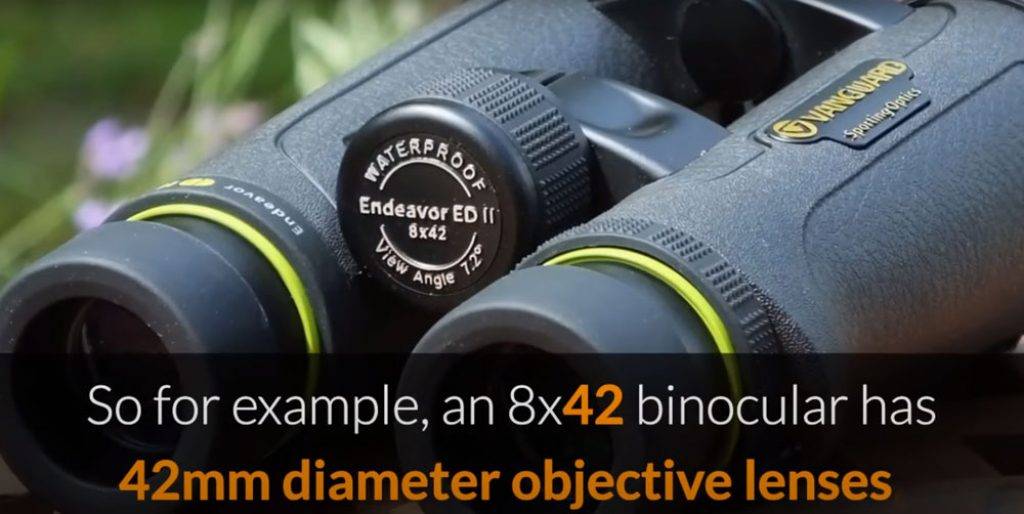
What does the angle of view numbers on binoculars mean? She refers to how wide an area will be visible when looking through the lenses. So a larger angle of view number means that more of your surroundings will be in focus, whereas a smaller number will have a narrower field of view.
[wpsm_box type=”info” float=”none” text_align=”left”]
This can be particularly important for birdwatchers or wildlife enthusiasts who need to see as much as possible in their surrounding environment, but it’s also handy for anyone who wants to take in as much scenery as possible while still being able to see what they’re looking at!
[/wpsm_box]
4. Understanding Field of View
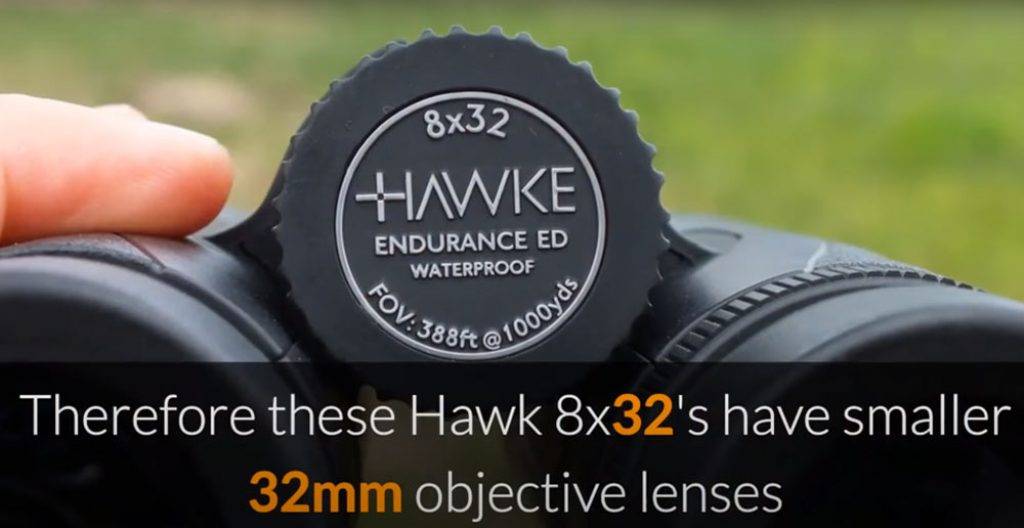
The next number on the binoculars usually found just below the magnification power is the Field of View (FOV). What does the field of view number on binoculars mean?
[wpsm_box type=”info” float=”none” text_align=”left”]
This measures how much of the area in front of you will be in focus when looking through the lenses. A higher number means a wider field of view, while a lower number means a narrower view.
[/wpsm_box]
This is important to consider when choosing binoculars, as someone who wants to see a wide area in front of them would want a model with a high field of view number. Conversely, someone who wants to see a specific object in detail would want a set of binoculars with a lower field of view number.
5. Eye Relief Number
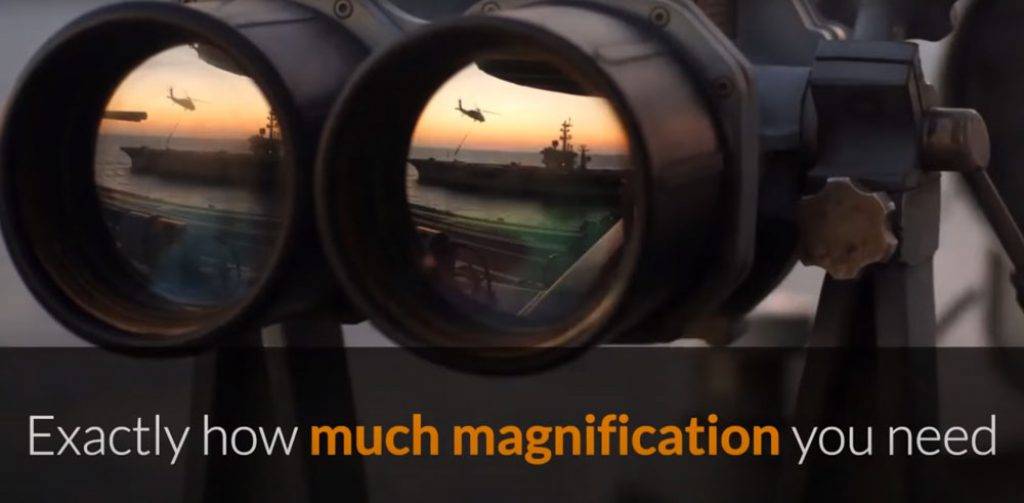
The number on the binoculars, also found just below magnification power and right above the field of view (FOV), is usually referred to as eye relief.
[wpsm_box type=”info” float=”none” text_align=”left”]
This number indicates how far away from your face you can hold them without losing sight of what you’re trying to see through the lenses.
[/wpsm_box]
So if it’s a low number then that means they’ll need to be held close enough so that even when looking straight ahead with both eyes open there will still be some visible space between them – but not too much! If this distance gets too high then an image might become blurry or distorted due to light refraction within each lens; whereas at other times what appears in focus may appear out-of-focus because our eyes aren’t exactly lined up correctly.
6. Exit Pupil Number
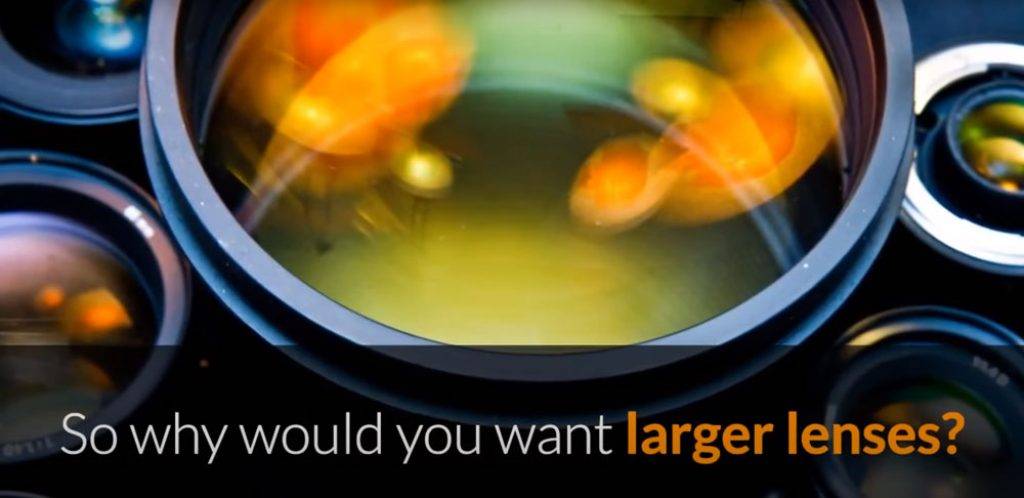
The number on the binoculars also found just below magnification power and right above eye relief (ER), is usually referred to as exit pupil.
[wpsm_box type=”info” float=”none” text_align=”left”]
This number indicates how large an area will be visible when looking through the lenses at any given point in time – so if it’s a low number then that means they’ll need to be held close enough so even when looking straight ahead with both eyes open there will still be some visible space between them; but not too much!
[/wpsm_box]
If this distance gets too high then what appears in focus may appear out-of-focus because our eyes aren’t exactly lined up correctly or due to light refraction within each lens; whereas sometimes what seems like it should appear out-of-focus might look in focus because of how our eyes work together.
For example, if you’re trying to look at something far away with binoculars that have a low exit pupil number (like 0.06) then it’s going to get pretty hard since only part of what they’re seeing will be visible through the lenses – even when looking straight ahead and both eyes open! So these are typically best used indoors where light levels aren’t so high or outdoors during dusk/dawn hours when there’s still some ambient lighting available but not as much natural sunlight coming down from above.
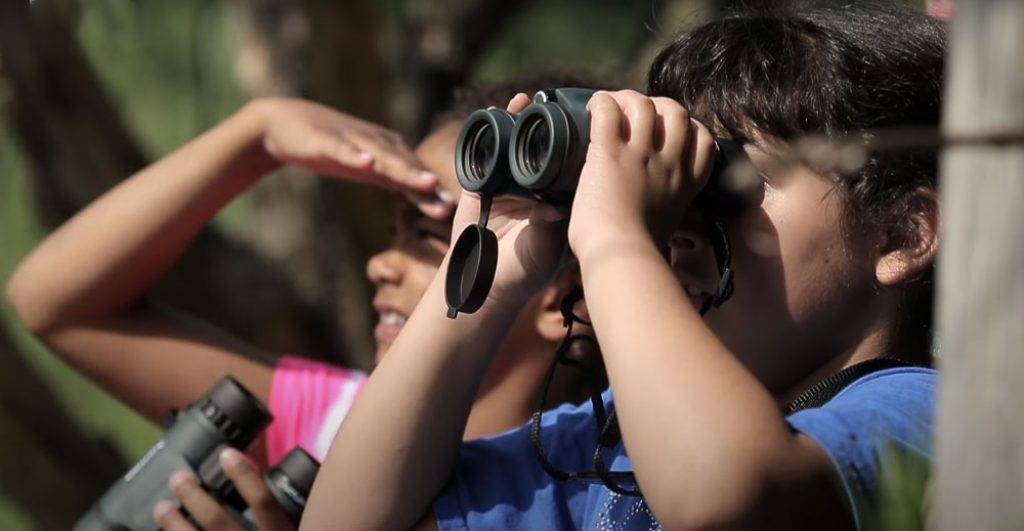
On top of all this though also consider purchasing models with prism type optics which allow for better visibility than traditional refractive lens systems; especially if using them under dim conditions such as dusk/dawn hours when there’s still some ambient lighting available but not as much natural sunlight coming down from above. This can make a huge difference in how well you’re able to see what’s going on around them!
In addition, if the exit pupil number is too high then it might be difficult for someone to hold their eyes open while looking at something far away; this could happen even under great conditions like during daylight hours or indoors where light levels aren’t so high. So these are typically best used outdoors during dusk/dawn hours when there’s still some ambient lighting available but not as much natural sunlight coming down from above.
7. Close Focus
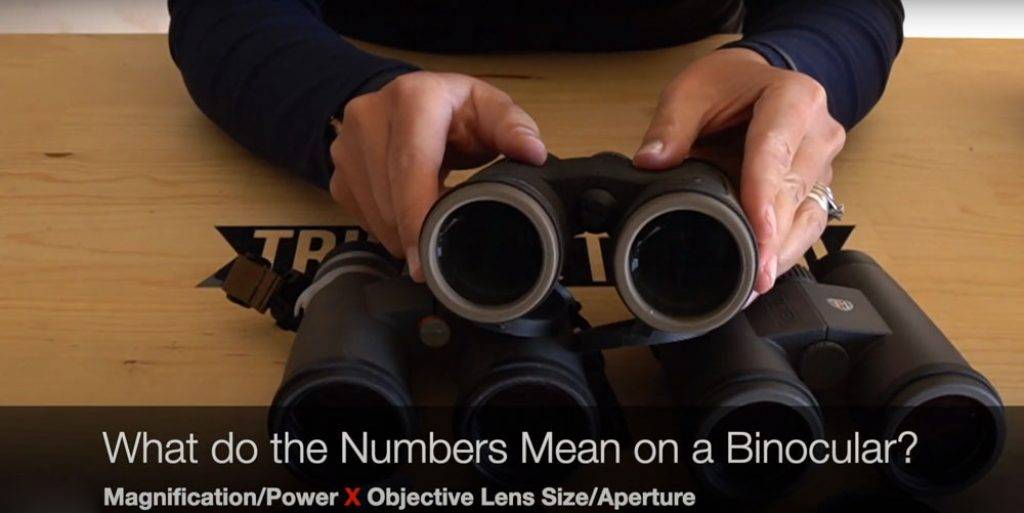
[wpsm_box type=”info” float=”none” text_align=”left”]
This number indicates how close an object can be to the lens before it becomes blurry or out-of-focus.
[/wpsm_box]
So if it’s a high number then that means they’ll have no problem getting up close and personal with objects; whereas if it’s a low number then they might not be so great for bird watching or taking pictures of things up close since everything will start becoming blurry beyond a certain point.
In general, most people don’t need binoculars with a high close focus distance because they won’t be using them for activities like that anyways – unless you’re a professional photographer or something like that.
The close focus distance number on binoculars can be helpful to know but it’s not as important as some of the other numbers, like magnification power and field of view. Still, it can be good to keep in mind especially if you’re looking for a specific use case like bird watching or getting up close and personal with objects.
Do these numbers tell the whole story?
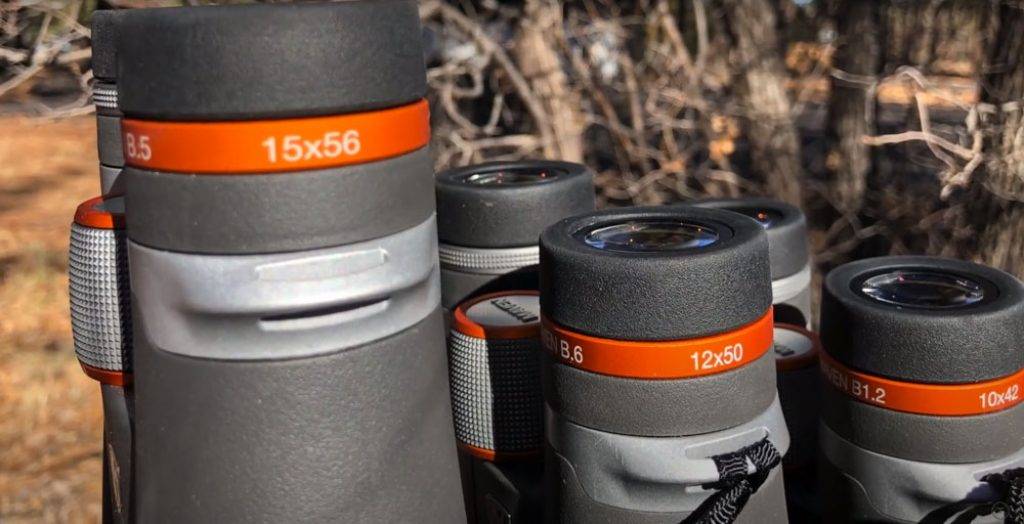
The numbers on binoculars can give you some idea of what they’re capable of doing. But other factors play into how good a pair will be for your needs, such as their quality and size (which may affect portability).
You might not even need all those fancy features if you just want something to look at birds with.
[wpsm_box type=”info” float=”none” text_align=”left”]
The only thing that matters is whether or not it’s right for the job! So make sure before buying any type of product like this one – ask yourself “what am I going to use these binoculars for?”
[/wpsm_box]
If it’s bird watching then don’t get ones that have too much magnification power because they’ll just end up weighing down your neck while looking forward instead; however, if it’s something else like astronomy or traveling then those might be perfect. It all depends on what you need!
The ways to measure binoculars
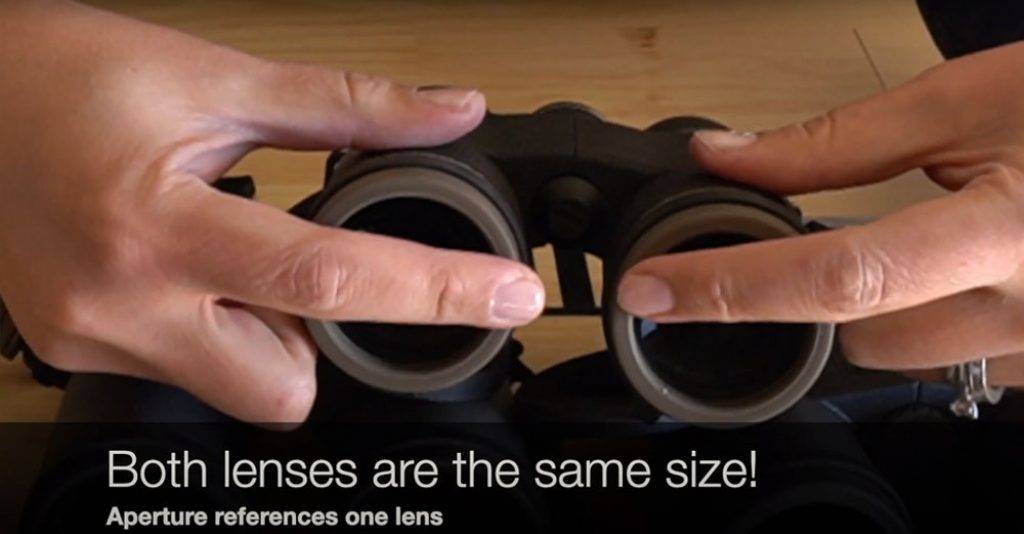
The ways to measure binoculars are as follows:
- Magnification Power – A number that indicates how much bigger an object will appear when looking through the lenses of these types of optical instruments.
- Objective Lens Diameter – Also known as exit pupil diameter, it describes how large each lens should be (which affects light transmission). This can be helpful if you’re trying to figure out what kind of lighting conditions they’ll work best in; astronomy or bird-watching might require larger ones while traveling would probably do fine with smaller diameters. However, some people prefer having more options so they choose both sizes depending on their needs!
- Field of View – Another important feature for those interested in activities like wildlife observation, this number reflects how wide an area will be visible when looking through the binoculars. The higher the number, the better!
- Close Focus Distance – How close objects can be to the lens before they become blurry or out of focus. This is helpful for those who want to use their binoculars for activities like bird watching and getting up close and personal with objects. A high number means a good close focus distance while a low one means not so great.
- Weight – Self-explanatory; just because a pair might have all these amazing features doesn’t mean you want them if it’s going to make lugging them around difficult! So keep in mind how much each set weighs before buying.
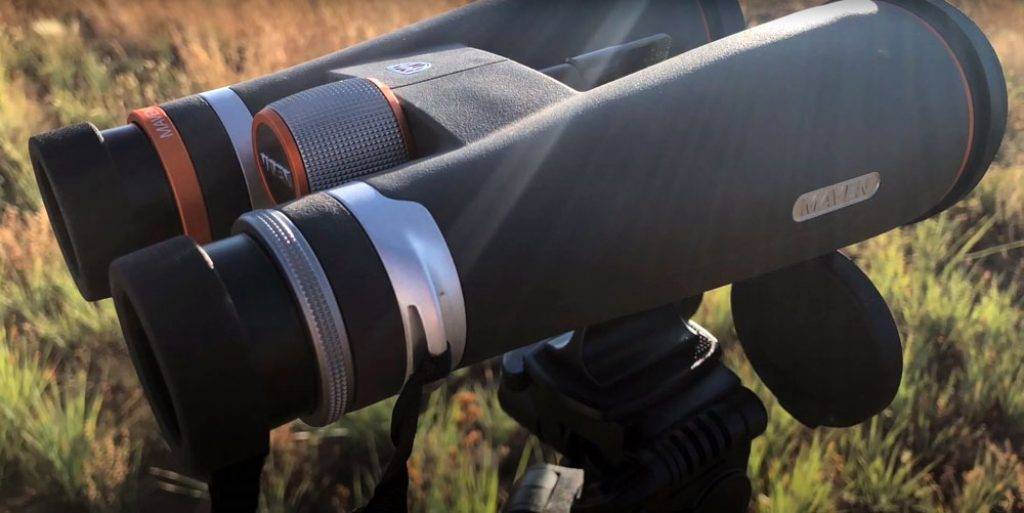
There are also other ways to measure binoculars such as exit pupil, dioptre adjustment (which affects how your eyes see things), and whether or not there’s an adjustable eyecup for comfort. These may be less important than some of the other features listed above but they’re still worth noting just in case!
The best magnification for a binocular

The best magnification for a binocular is not always the same for everyone. It depends on what you will be using them for. For example, bird-watching does not require as much magnification as looking at things that are far away.
[wpsm_box type=”warning” float=”none” text_align=”left”]
So if you are only going to use your binoculars for bird watching then you do not need a high magnification power. Higher magnification will make objects appear larger, but it also makes them appear closer and can cause a loss of detail.
[/wpsm_box]
It also depends on how big the object is that you want to see and how close it is to you. The higher the magnification number, the farther the object needs to be for you to see it.
Conclusion
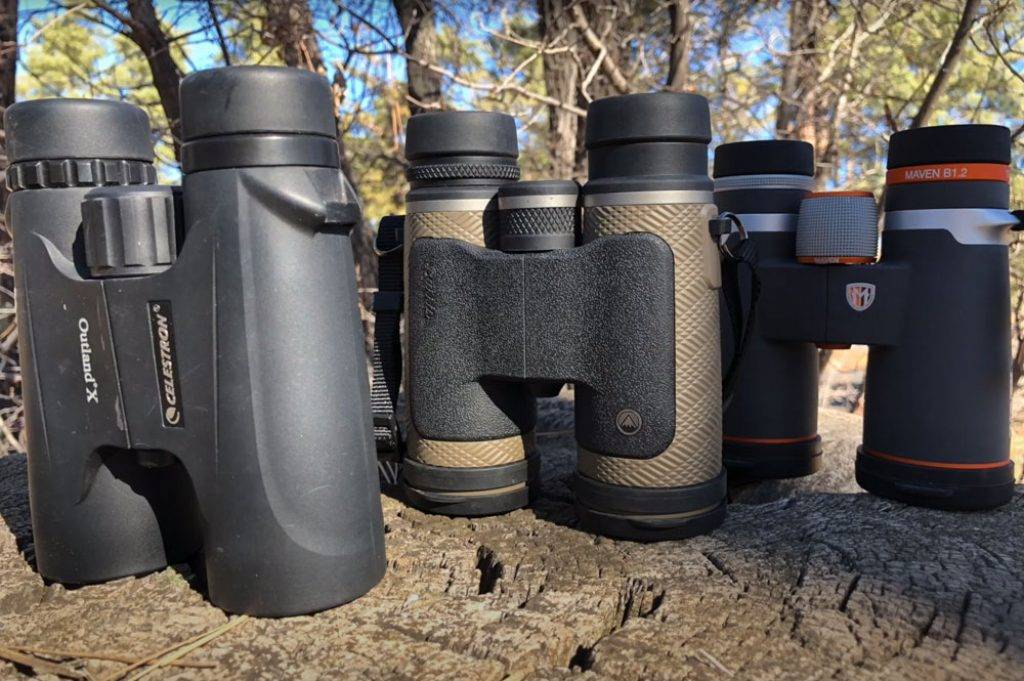
So those are the seven most commonly found numbers on binoculars and what they mean! I hope this article has helped clear up some confusion about the numbers and letters found on binoculars. Now go out there with confidence, knowing exactly how each number relates to their function and what they are good for!
Whether you’re looking for a general use pair of binoculars or something more specific like bird watching, make sure to do your research before making a purchase. The most important thing is that you find a product that meets your needs – not somebody else’s idea of what those needs might be.
So ask yourself questions like “what will I be using these binoculars for?” and “am I okay with carrying around a heavier pair?” before making any decisions. Feel free to comment below if you have any further questions. Happy birdwatching! 🙂
